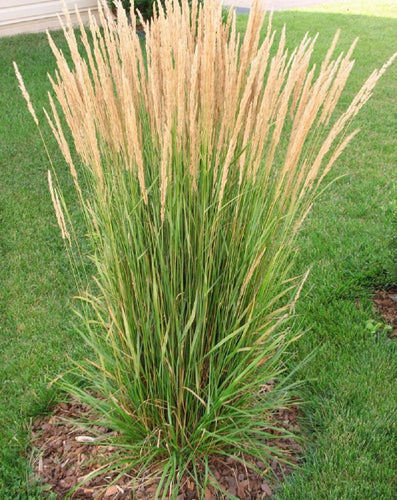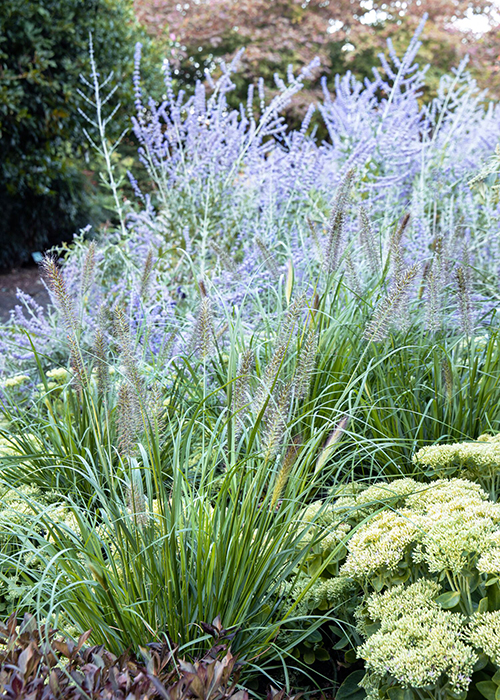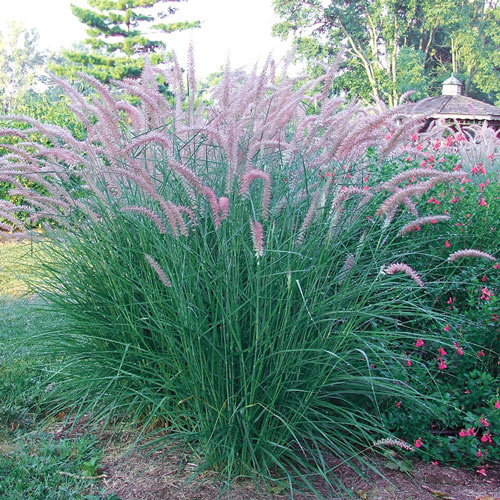Welcome to our in-depth guide on decorative grasses suitable for Zone 6! As a passionate gardener who has spent years experimenting with various plants, I have found that ornamental grasses can add unparalleled beauty and texture to any garden. In this article, we will explore the best ornamental grasses for Zone 6, their benefits, and tips for maintaining them. Let’s dive in!
Understanding Zone 6 Plant Hardiness
Before we get into the different varieties of decorative grasses, it’s essential to understand what Zone 6 entails. The USDA Hardiness Zone Map divides North America into zones based on average winter temperatures. Zone 6 typically experiences minimum temperatures between 0°F and -10°F. This means that plants in this zone need to withstand cold winters but can thrive with adequate summer warmth.
Climate Considerations in Zone 6
In addition to winter temperatures, consider the following factors when selecting decorative grasses:
- Sunlight: Most ornamental grasses prefer full sun (at least 6 hours) but some varieties can tolerate partial shade.
- Soil Type: Well-draining soil is crucial. Many grasses prefer slightly acidic to neutral pH levels.
- Moisture Levels: While some grasses are drought-tolerant, others thrive in consistently moist soil.

Benefits of Decorative Grasses
Incorporating ornamental grasses into your landscape offers numerous benefits:
- Low Maintenance: Most decorative grasses require minimal maintenance once established.
- Adds Texture: Grasses introduce a unique texture and movement to garden beds.
- Seasonal Interest: Many grasses change color with the seasons, providing year-round appeal.
- Wildlife Friendly: Grasses can provide habitat and food for various birds and pollinators.

Top Decorative Grasses for Zone 6
Here’s a curated list of some of the best decorative grasses that thrive in Zone 6.

| Grass Variety | Height | Sunlight Needs | Features |
|---|---|---|---|
| Panicum virgatum (Switchgrass) | 3-6 ft | Full Sun | Versatile, native, and great for rain gardens. |
| Miscanthus sinensis (Chinese Silver Grass) | 4-8 ft | Full Sun | Beautiful plumes, excellent for privacy screening. |
| Calamagrostis acutiflora (Karl Foerster Grass) | 3-5 ft | Full Sun | Upright growth habit, ideal for borders. |
| Deschampsia cespitosa (Tufted Hair Grass) | 2-4 ft | Partial Shade | Fluffy seed heads, great for naturalistic gardens. |
| Festuca glauca (Blue Fescue) | 1-2 ft | Full Sun | Compact and looks stunning in rock gardens. |
Personal Experience with Decorative Grasses

When I first started gardening, I was overwhelmed by the options available. However, my decision to incorporate ornamental grasses transformed my landscape. I remember planting Miscanthus sinensis alongside my patio. Watching the golden plumes sway gently in the breeze became one of my favorite morning rituals. These grasses not only enhanced the aesthetic but also provided a natural privacy screen that made my outdoor space feel more intimate.
Best Planting Practices

Now that you have an idea of which grasses to choose, let’s discuss how to plant them effectively:
1. Timing
The best time to plant ornamental grasses in Zone 6 is in the spring after the last frost. This allows the plants to establish roots before the heat of summer arrives.

2. Soil Preparation
Ensure your soil is well-draining. Incorporate organic matter like compost to enhance soil structure and fertility.
3. Planting Depth
When planting, dig a hole twice the width of the root ball and just deep enough to cover the roots without burying the crown.

4. Watering
Water thoroughly after planting. Regular watering will help the plant establish, but avoid waterlogging.
Maintenance Tips for Decorative Grasses
After planting, maintaining your ornamental grasses is crucial for their longevity.
Watering
While many decorative grasses are drought-tolerant, newly planted ones require consistent moisture. Once established, a deep watering every 2-3 weeks is sufficient for most varieties.
Fertilization
Ornamental grasses typically do not require heavy fertilization. A light application of a balanced fertilizer in early spring can support new growth.
Pruning and Division
Prune your grasses in late winter or early spring to remove dead foliage. This encourages new growth and allows you to assess which grasses need dividing. Most types should be divided every 3-4 years to maintain vigor.
Dealing with Pests and Diseases
While pests are generally not a significant problem, watch out for common issues like aphids and mites. If you notice any signs of infestation, treat promptly with insecticidal soap or neem oil.
Pros and Cons of Using Decorative Grasses
| Pros | Cons |
|---|---|
| Low maintenance | Some varieties can be invasive |
| Adds unique texture and movement | May require occasional trimming |
| Attracts wildlife | Not all grasses are suited for every landscape |
| Seasonal interest | Some require specific soil conditions |
Frequently Asked Questions
Q1: What decorative grasses grow best in partial shade in Zone 6?
A1: Varieties like Deschampsia cespitosa and Hakonechloa macra (Japanese Forest Grass) thrive in partial shade and can add beauty to shadier areas.
Q2: How do I prevent invasive grasses from spreading?
A2: Choose clumping varieties over spreading types and consider installing barriers or edging to control growth.
Q3: When should I cut back my ornamental grasses?
A3: It’s best to cut back ornamental grasses in late winter or early spring before the new growth begins.
Q4: Can decorative grasses be used in container gardening?
A4: Yes! Many grasses do well in containers. Just ensure they have adequate drainage and enough space to grow.
Conclusion
Decorative grasses can be a stunning addition to your Zone 6 garden, providing year-round interest and low maintenance. Whether you’re looking for a bold statement or a subtle backdrop, there is a grass variety that will fit perfectly into your landscape. Embrace the beauty and versatility of ornamental grasses, and enjoy the process of nurturing them in your garden!
Happy gardening!